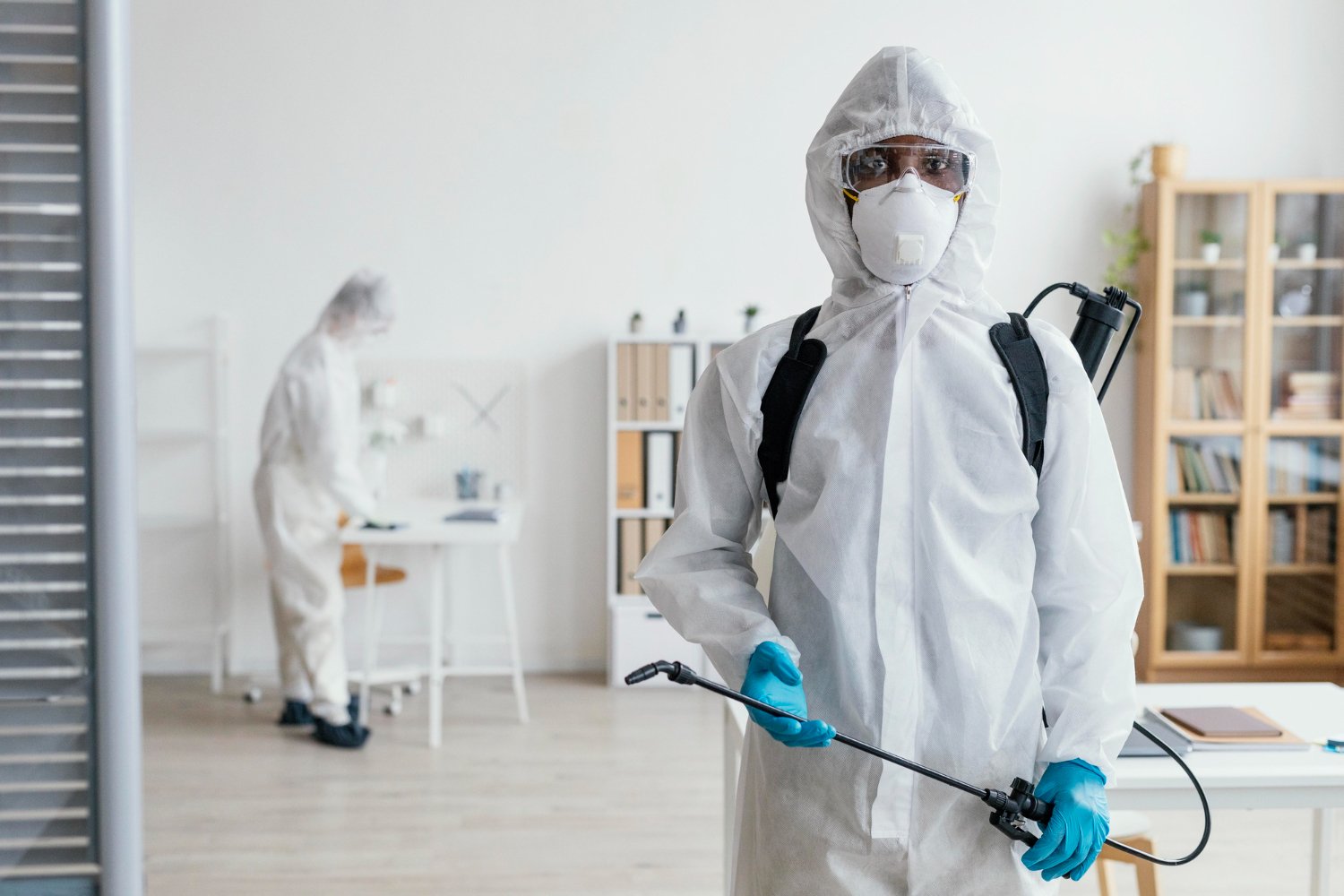Reliable A1 Bed Bug Treatment in Charlotte - Safe and Proven Methods
Wiki Article
Bed Insect Treatment Malfunction: Contrasting Chemical Vs. Non-Chemical Solutions
In the world of pest control, particularly when dealing with the persistent problem of bed insects, the choice in between chemical and non-chemical therapy remedies can be a pivotal one. Both methods supply distinct advantages and drawbacks, influencing aspects such as effectiveness, safety considerations, and overall expense. By analyzing the nuanced details of each technique, a clearer understanding of which path to seek in dealing with a bed insect invasion can be obtained.Efficiency of Chemical Treatments
Chemical treatments for bed insect infestations have been commonly identified for their quick and powerful efficiency in eradicating these pests. When thinking about the effectiveness of chemical therapies, it is important to understand that they can provide a fast and complete remedy to a bed insect trouble. Professional pest control experts frequently rely upon pesticides to target bed pests at various phases of their life cycle, consisting of eggs, adults, and fairies. These chemicals generally function by interrupting the bed insects' nerves, resulting in paralysis and eventual fatality.Additionally, chemical treatments have the benefit of providing residual impacts, indicating that they can remain to get rid of bed pests also after the initial application. This recurring activity is specifically valuable in combating any kind of possible re-infestations. Additionally, the rapid activity of chemical treatments can bring relief to individuals facing extreme bed insect infestations, allowing them to gain back control of their living rooms promptly.
Safety Problems With Chemical Solutions
When making use of chemical solutions for bed pest treatment is ensuring the safety of owners and the environment,One essential element that calls for cautious factor to consider. While chemical treatments can be effective in eliminating bed pests, they may pose threats if not handled properly. Among the key safety problems with chemical services is the possible harm they can trigger to human health. Direct exposure to certain chemicals used in bed bug treatments can lead to respiratory system concerns, skin inflammation, or other damaging responses, especially in people with pre-existing problems or sensitivities. In addition, incorrect application or dose of chemical pesticides can cause harmful residues lingering in the treated area, posing long-lasting health and wellness risks to occupants.Moreover, the environmental influence of chemical remedies is one more significant factor to consider. Some pesticides used in bed insect treatments may be harmful to valuable insects, wildlife, and ecological communities if they leach into the soil or water supply. It is vital to use chemical treatments judiciously, complying with security standards, and considering much less toxic alternatives to minimize these threats and make certain the try this out risk-free and reliable management of bed pest infestations.
Benefits of Non-Chemical Methods
Taking into consideration the prospective safety issues and environmental influence associated with chemical services for bed bug therapy, checking out non-chemical methods presents an encouraging alternative with a number of distinct benefits. Non-chemical treatments are eco pleasant, as they do not add to air or water air pollution, making them address a sustainable choice for bug control.Additionally, non-chemical solutions can be efficient in targeting bed insects, consisting of hard-to-reach locations where chemical therapies might not penetrate - A1 exterminator charlotte nc. Methods such as heat treatment, vacuuming, steam cleaning, and cushion encasements offer comprehensive elimination without the usage of dangerous chemicals.
Limitations of Non-Chemical Treatments

Furthermore, non-chemical treatments usually need multiple applications to attain effective eradication. This can be lengthy and may not always guarantee total removal of all bed pests and their eggs, especially in hard-to-reach or hidden locations.
In addition, the success of non-chemical therapies heavily depends on appropriate application and thoroughness, which can be testing for people without expert knowledge. Poor application of non-chemical methods might result in insufficient obliteration, causing relentless invasions and the demand for extra treatments.
Therefore, while non-chemical therapies have their advantages, it is necessary to recognize these restrictions and consider them when establishing one of the most reliable strategy for managing bed bug infestations.
Expense Contrast: Chemical Vs. Non-Chemical Options
Given the restrictions linked with non-chemical treatments, a vital aspect to review in the context of bed pest monitoring additional hints is the expense comparison in between chemical and non-chemical choices. In contrast, non-chemical treatments like heat treatment or vapor can be more costly, with expenses varying from $1,000 to $6,000 for a whole home. While the initial price of chemical therapies might seem reduced, several treatments may be needed to totally eradicate the problem, potentially raising the overall price.Final Thought

Taking into consideration the potential security concerns and environmental effect associated with chemical services for bed pest treatment, exploring non-chemical strategies offers an encouraging alternative with a number of distinct benefits.Given the limitations connected with non-chemical therapies, an important facet to examine in the context of bed insect management is the cost comparison in between chemical and non-chemical options. In comparison, non-chemical treatments like warmth therapy or steam can be much more pricey, with expenses varying from $1,000 to $6,000 for an entire home. While the first expense of chemical therapies may appear reduced, several therapies might be needed to fully get rid of the invasion, possibly raising the overall cost.In final thought, when comparing chemical and non-chemical bed pest therapy options, it is important to consider performance, safety and security, advantages, restrictions, and cost.
Report this wiki page